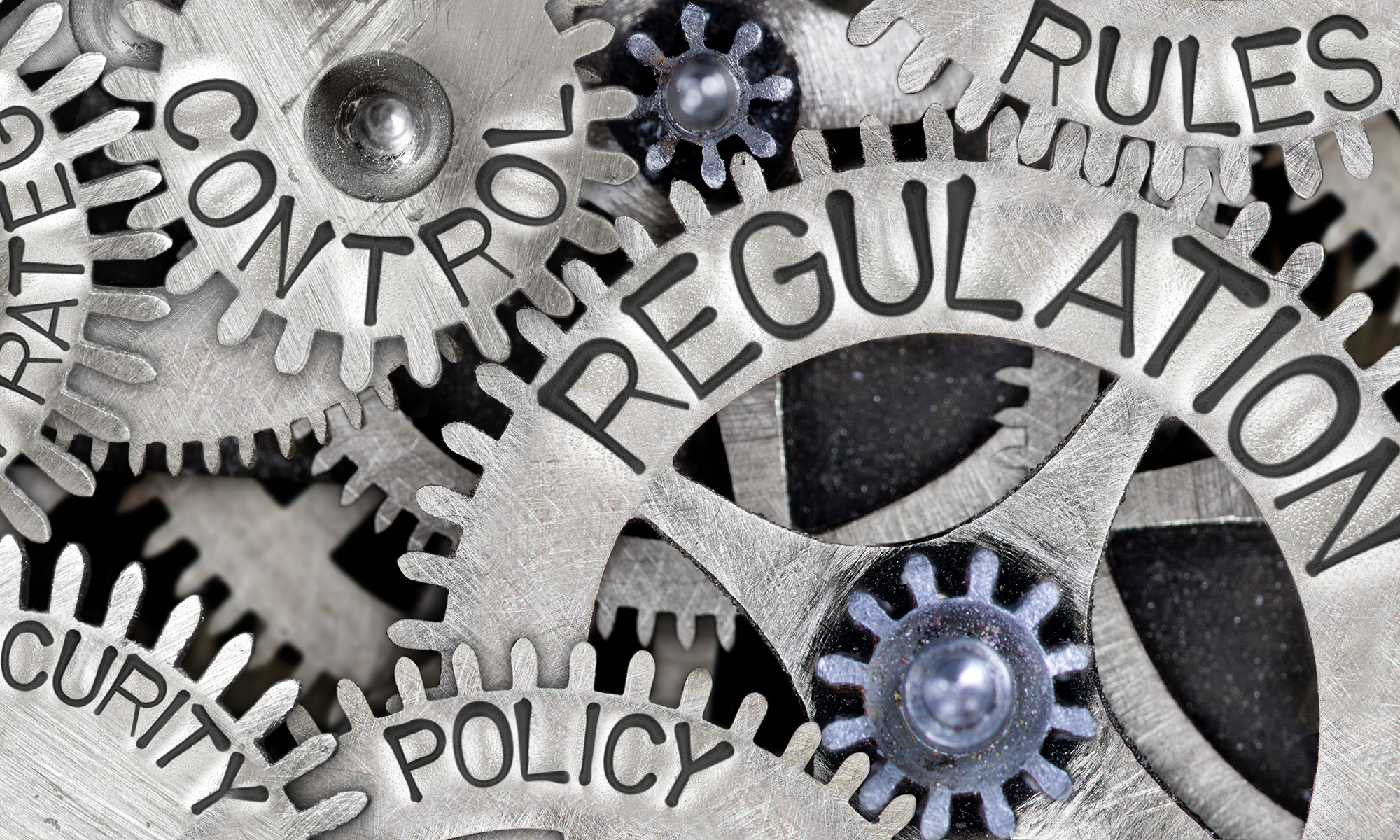On September 2, 2020, the U.S. Department of Education (“Department”) published a Final Rule, available at https://ifap.ed.gov/federal-registers/FR090220, on distance education and innovation. The regulations are effective July 1, 2021; however, institutions are permitted to voluntarily implement any or all provisions as of September 2, the date of publication of the final rule. The Department states that the rule is intended to “strike a balance” between fostering increased innovation in distance education offerings while protecting students and taxpayers.The rule makes the following regulatory changes:
• Allowing asynchronous delivery of some courses or portions of courses delivered as part of clock hour programs (this significant change was made in response to public comments on the proposed rule);
• Providing flexibility to distance education, competency-based education (CBE), and other types of educational programs that emphasize demonstration of learning rather than seat time when measuring student outcomes;
• Clarifying the distinction between distance education and correspondence courses and more clearly defining the requirements of “regular and substantive interaction” between students and faculty and the permissibility of engaging instructional teams in the delivery of education through distance learning;
• Clarifying the requirements for direct assessment programs, including how to determine equivalent credit hours and how to distribute aid to simplify administration, reduce confusion, and protect taxpayers;
• Limiting the requirement for institutions with strong track records to obtain approval from the Education Secretary for only the first direct assessment program offered by the school at a given credential level;
• Requiring institutions to report to the Education Secretary when adding a second or subsequent direct assessment program or establishing a written arrangement for an institution or organization that is not eligible to participate in the title IV, HEA program to provide more than 25 percent, but no more than 50 percent, of a program;
• Recognizing the value of “subscription-based programs,” and simplifying rules regarding the disbursement of title IV funding to students enrolled in these programs; and
• Requiring prompt action by the Department on applications by institutions to the Education Secretary seeking certification or recertification to participate as an eligible institution in the HEA, title IV program.
The rule also adds a definition of “juvenile justice facility” to ensure that students incarcerated in a juvenile justice facility continue their eligibility for Pell Grants.
Additional regulatory changes include:
• Encouraging employer participation in developing educational programs by clarifying that institutions may modify their curricula based on industry advisory board recommendations without relying on a traditional faculty-led decision-making process;
• Simplifying clock-to-credit hour conversions and clarifying that homework time included in the credit hour definition do not translate to clock hours, including for the purpose of determining whether a program meets the Department’s requirements regarding maximum program length;
• Encouraging institutions to give students equal credit for time spent preparing for and participating in lecture and laboratory courses;
• Clarifying that an institution may demonstrate for purposes of participating in title IV, HEA programs, a reasonable relationship between the length of a program if the number of clock hours does not exceed either 150 percent of the minimum requirement to work in the State in which the institution is located or 100 percent of the minimum hours in an adjacent State;
• Providing that the Education Secretary will rely on the accrediting agency or State authorizing agency to evaluate an institution’s appeal of a final audit or program review determination by the Department that includes a finding about the institution’s classification of a course or program as distance education or the institution’s assignment of credit hours; and
• Encouraging closing institutions to offer quality teach-outs by permitting the application of sanctions to individuals or institutions affiliated with other institutions that closed without executing a viable teach-out plan or agreement.
The final rule culminated a rulemaking that began nearly two years ago, building on the Trump administration’s Rethink Higher Education agenda that “challenged past practices, assumptions, and expectations about what ‘college’ is, what it should do, and how it should operate.” It remains to be seen whether these regulations would be subject to amendment from a change in Secretary, but we view this set of rules as less controversial than others amended or rescinded by Secretary DeVos (such as Gainful Employment and Borrower Defense to Repayment) and not likely to be a priority for change by a new Administration. Institutions of higher education should familiarize themselves with these rule changes as they develop distance education programs.
